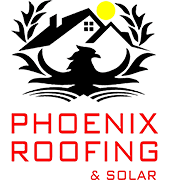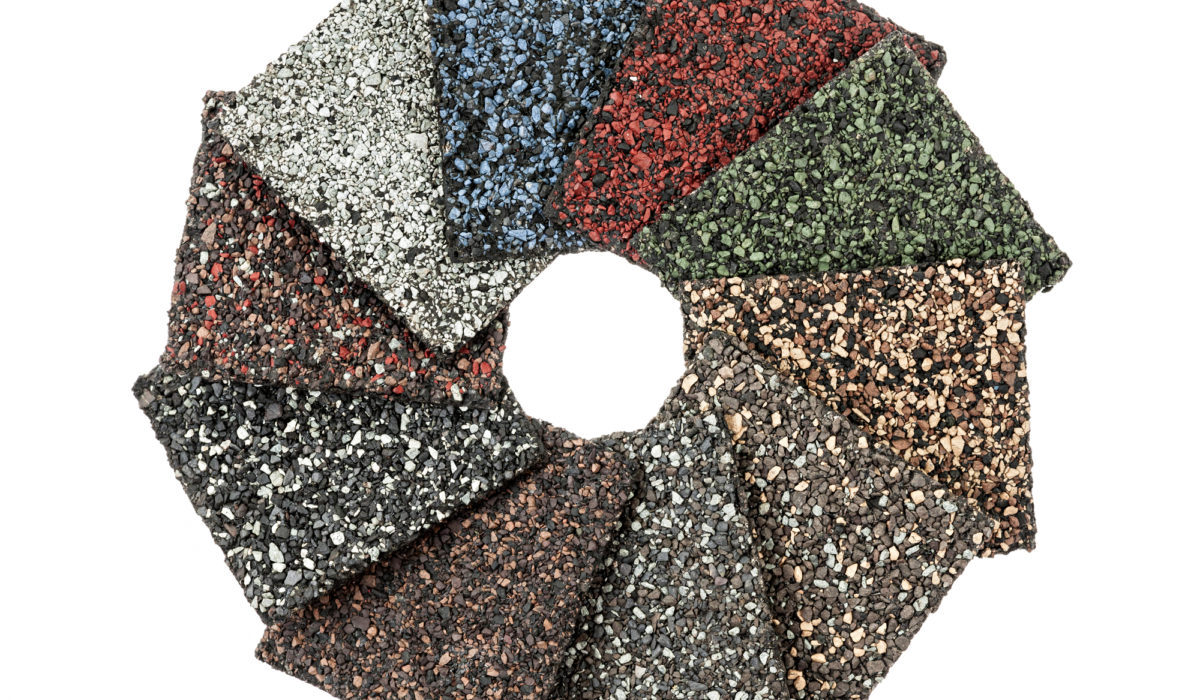- 0 Comment
What is the Average Lifespan of a Shingle Roof?
When it comes to roofing materials, asphalt shingles have long been a popular choice for homeowners due to their affordability and durability. However, like any roofing material, shingle roofs have a finite lifespan, and understanding how long you can expect your shingle roof to last is crucial for proper maintenance and budgeting. In this blog, we will explore the average lifespan of a shingle roof, taking into account various factors and key points discussed in previous blogs on roofing materials.
Shingle Types Matter: The lifespan of a shingle roof largely depends on the type of shingles used. There are two primary types: three-tab shingles and architectural shingles. Three-tab shingles are generally more affordable but have a shorter lifespan, averaging around 20-25 years. On the other hand, architectural shingles, also known as dimensional or laminate shingles, are thicker and more durable, lasting between 30-50 years. Choosing the right type of shingles is a critical decision that can significantly impact your roof’s longevity.
Climate and Weather: As previously discussed, climate and weather conditions play a significant role in the lifespan of a shingle roof. Areas with extreme temperature fluctuations, heavy rainfall, strong winds, or frequent hailstorms can cause shingles to deteriorate more quickly. Regular roof inspections and maintenance become crucial in such regions to maximize the roof’s lifespan.
Proper Installation: Proper installation is paramount to the longevity of any roofing material, and shingle roofs are no exception. Inadequate installation can lead to premature roof failure. Ensuring that your shingles are installed correctly by experienced roofing professionals can add years to your roof’s lifespan.
Maintenance and Repairs: Regular maintenance and timely repairs are key to extending the life of a shingle roof. As mentioned in previous blogs, it’s essential to inspect your roof annually for signs of damage, such as cracked or missing shingles, curled edges, or leaks. Addressing these issues promptly can prevent more extensive damage and prolong the roof’s life.
Ventilation and Insulation: Adequate attic ventilation and insulation are often overlooked factors that can affect your shingle roof’s lifespan. Proper ventilation helps regulate temperature and moisture levels in the attic, preventing the shingles from deteriorating prematurely. Insulation helps maintain a consistent temperature, reducing the risk of ice dams in colder climates. Ensuring your attic is well-ventilated and properly insulated can significantly impact your roof’s durability.
Quality of Materials: As discussed earlier, the quality of the shingles themselves matters. Investing in high-quality, reputable brands of shingles can pay off in the long run by providing better protection and longevity. Cheap or subpar shingles may save money upfront but can result in more frequent replacements.
Regular Cleaning: Moss, algae, and debris can accumulate on shingle roofs, which not only affect the aesthetics but also the functionality of the roof. As highlighted in previous blogs, regular cleaning can prevent these issues and extend the lifespan of your shingle roof.
In conclusion, the average lifespan of a shingle roof varies depending on several factors. Three-tab shingles typically last 20-25 years, while architectural shingles can endure for 30-50 years. However, climate, proper installation, maintenance, ventilation, insulation, material quality, and cleaning all play crucial roles in determining the actual lifespan of your roof.
To maximize your shingle roof’s longevity, it’s essential to choose the right type of shingles, hire experienced roofing professionals for installation, perform regular maintenance and repairs, ensure proper attic ventilation and insulation, invest in high-quality materials, and keep your roof clean. By taking these steps, you can help your shingle roof reach its full potential and protect your home for many years to come.

